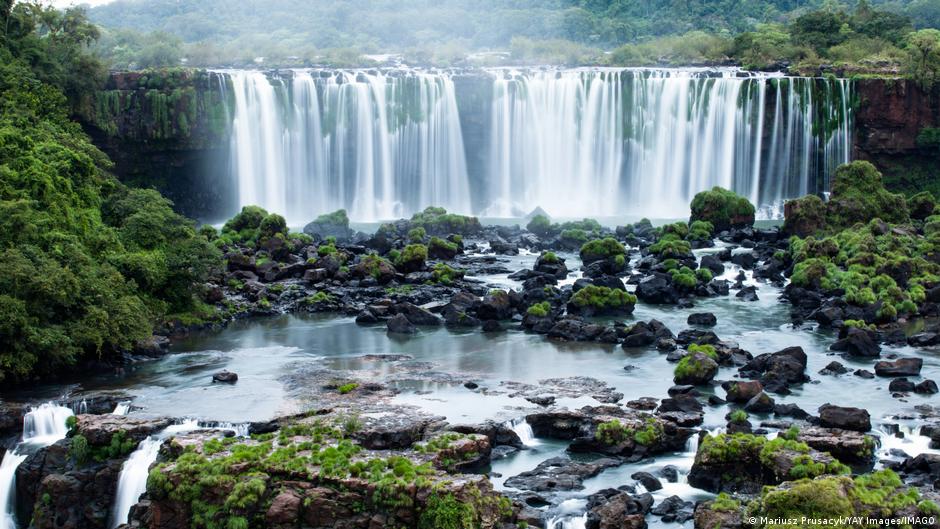This Wednesday, like every November 6th, Argentina celebrates National Parks Day. The commemoration is a moment to highlight the importance of conserving spaces that promote biodiversity conservation, the environment, and natural spaces.
It is in memory of the territories donated by Perito Francisco Moreno a century ago, which gave rise to these spaces. The date seeks to recognize and promote their preservation.
National Parks Day: a century-old history
 Iguazu Falls are within the homonymous National Park: one of the Natural Wonders of the World
Iguazu Falls are within the homonymous National Park: one of the Natural Wonders of the World
On November 6, 1905, 119 years ago, Francisco Pascasio Moreno, better known as Perito Moreno, donated 7500 hectares of his property, located in Laguna Frías and Puerto Blest, west of Lake Nahuel Huapi.
The objective of the scientist, naturalist, botanist, and geographer was for them to be consecrated “as a natural public park”.
In this way, he gave rise to the “Southern National Park,” which 31 years later would be renamed Nahuel Huapi National Park.
This event was of great significance for the country’s history, as it was the starting point for the care of other national destinations, valuable for their diversity of flora, fauna, and culture.
According to the National Parks Administration, there are currently about 48 protected areas, 46 on continental territory and two marine, divided by regions.
What is a National Park?
A National Park is a protected area that aims to preserve natural and cultural resources. In maritime or continental zones, throughout the territory, the goal is to preserve and highlight the value of its biodiversity and scenic beauty, away from human activities.
Five National Parks to discover
1. Sierra de las Quijadas National Park, San Luis
This destination stands out for its reddish rocky landscapes, formed by cliffs and passages. You can access “Potrero de la Aguada,” a natural amphitheater in the middle of the mountain range.
It is an ideal option for archaeology enthusiasts, as it has more than 20 kilns for ceramic and food preparation used by indigenous peoples.
2. Monte León, Santa Cruz
It has a 40 km oceanic front and 62,169 hectares in the Patagonian steppe. When visiting, you can see one of the five largest Magellanic penguin colonies in Argentina.
 Monte León National Park
Monte León National Park
The park also features cliffs with marine fossils, caves, and large rocky areas ideal for a panoramic view.
3. Santa Fe Islands National Park
It is a set of protected islands, belonging to the Ramsar category of wetlands of high international importance.
Its vegetation is composed of aquatic plants, ceibos, irupés, paja de techar, bulrushes, cattails, and curupíes surrounding its lakes and streams.
4. Lobos Islet National Park, Río Negro
Located in the San Matías Gulf, it is a property of 20,000 hectares, with six small rocky islets called La Pastosa, De los pájaros, Redondo, Ortiz Norte, Ortiz Sur, and Lobos.
Its main attraction is the colonies of sea lions and other species such as the Magellanic penguin, guanacos, foxes, wild boars, and terrestrial turtles.
5. Lihué Calel National Park, La Pampa
It is the only one in La Pampa. Its 32,514 hectares include mountains, streams, and the Pampean steppe. It is a site of interest for archaeological discoveries, as it has cave paintings.
Among its flora and fauna are the Pampean daisy, caldén tree, alpataco, pumas, guanacos, foxes, and rheas, yellow cardinal, red-tailed hawk, peregrine falcon, elusive lesser fairy armadillo, and Patagonian terrestrial turtle.
Do you already know our YouTube channel? Subscribe!

